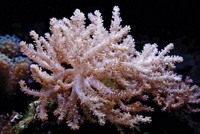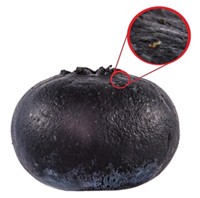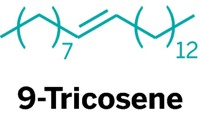Advertisement
Grab your lab coat. Let's get started
Welcome!
Welcome!
Create an account below to get 6 C&EN articles per month, receive newsletters and more - all free.
It seems this is your first time logging in online. Please enter the following information to continue.
As an ACS member you automatically get access to this site. All we need is few more details to create your reading experience.
Not you? Sign in with a different account.
Not you? Sign in with a different account.
ERROR 1
ERROR 1
ERROR 2
ERROR 2
ERROR 2
ERROR 2
ERROR 2
Password and Confirm password must match.
If you have an ACS member number, please enter it here so we can link this account to your membership. (optional)
ERROR 2
ACS values your privacy. By submitting your information, you are gaining access to C&EN and subscribing to our weekly newsletter. We use the information you provide to make your reading experience better, and we will never sell your data to third party members.
Biological Chemistry
Reptile Bouquet
A bounty of greasy molecules make up the personal cologne of the ancient tuatara
by Sarah Everts
February 4, 2009

Researchers peeking into the skin glands of the tuatara, a reptile with an ancient lineage, are reporting that it contains an unexpectedly diverse cocktail of chemicals that may help the beast communicate and fight skin fungi. The work could also provide new clues to reptilian evolution.
More than 150 different greasy glyceride-based molecules are produced by the tuatara, the only existing member of a reptile order called the Rynchocephalia, which thrived some 200 million years ago. The tuatara now mostly burrows in the wilds of New Zealand (Chem. Biodiversity 2009, 6, 1).
Stefan Schulz, a chemist at the University of Braunschweig, in Germany, and collaborator Paul J. Weldon at the Smithsonian Institution, in Washington, D.C., say they identified an unexpectedly diverse assortment of chemical combinations made from glycerol and short-chain fatty acids, including a never-before-seen molecule that they dubbed tuataric acid. "No other vertebrate skin gland produces such a structurally diverse array of glycerides," Schulz says.
Because every tuatara produces the skin glycerides in unique relative concentrations, the molecules may play a role in identifying individual tuataras or in territorial marking. Schulz also proposes that free acids released during the degradation of the glycerides could have antifungal activity. But these conclusions remain provisional pending behavioral studies on the tuatara, Schulz adds.
"This is a fine first step, but it is only half the story, since what we really need to know is the biological roles of these lipids," chemical ecologist Jerrold Meinwald of Cornell University comments. "So the chemistry is ahead of the biology, but it is still a good start."






Join the conversation
Contact the reporter
Submit a Letter to the Editor for publication
Engage with us on Twitter